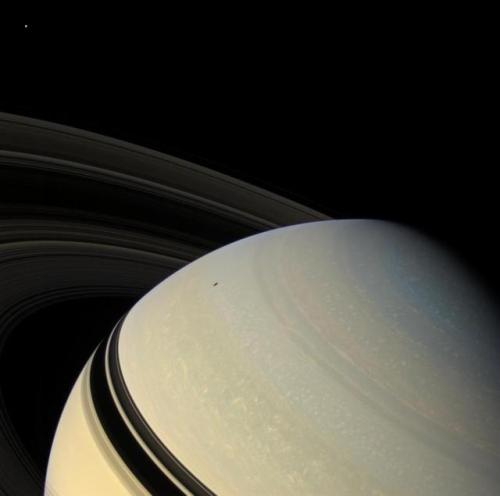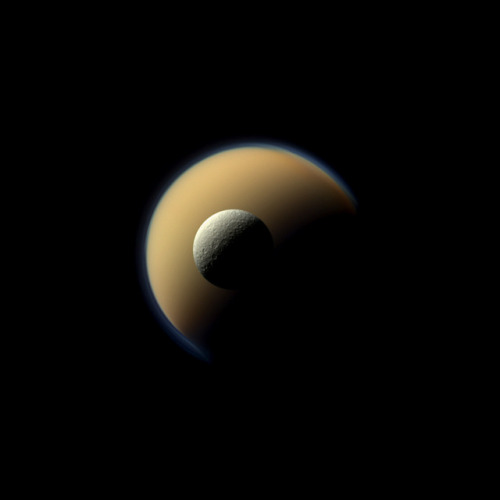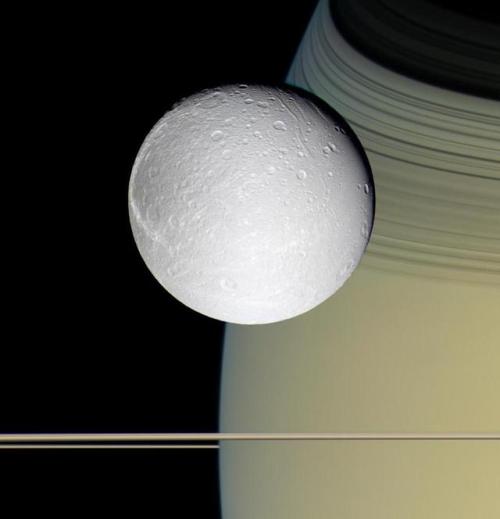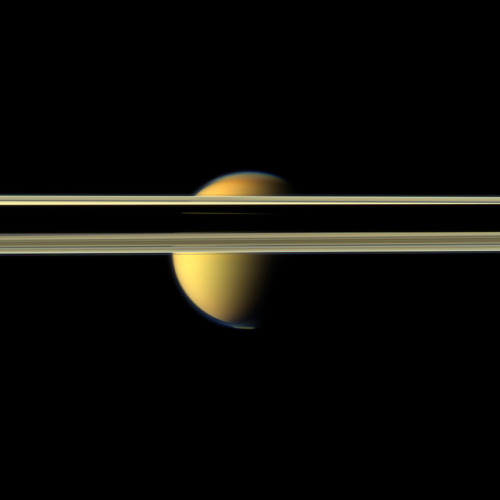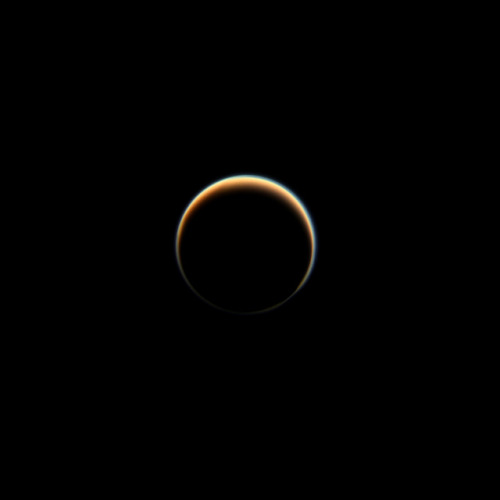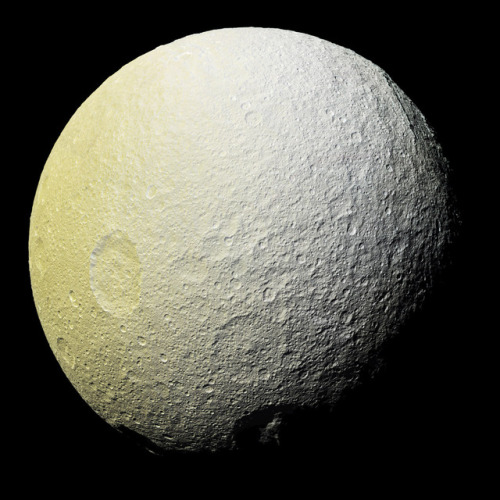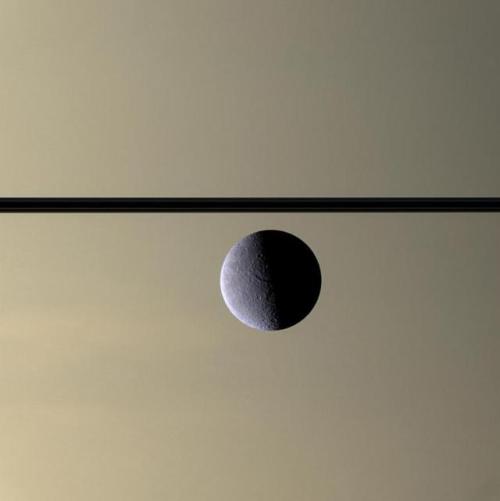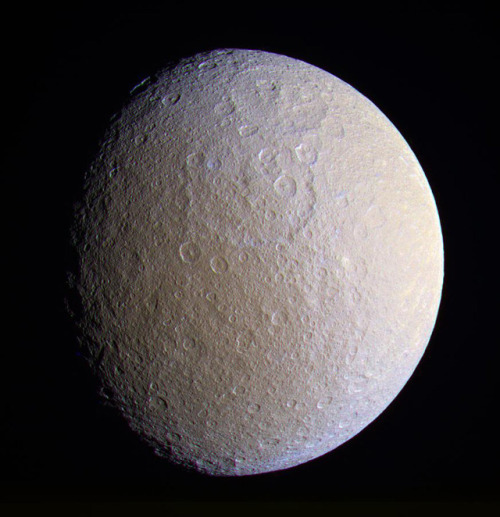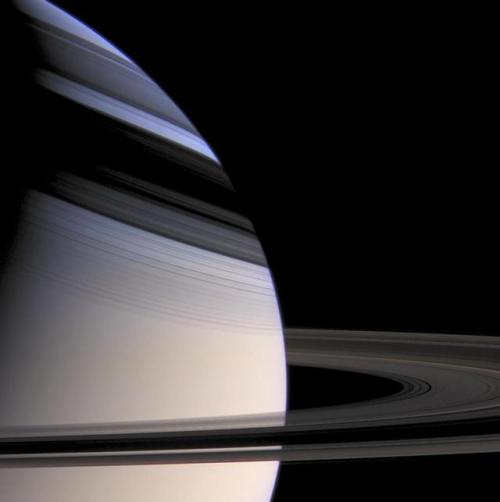M51, The Whirlpool Galaxy [3450 X 3697]
![M51, The Whirlpool Galaxy [3450 X 3697]](https://64.media.tumblr.com/e3d38132c6a1bab2d6a3d758e2137b6d/tumblr_plzsxlWKMO1ve10t6o1_500.jpg)
M51, the Whirlpool Galaxy [3450 x 3697]
More Posts from Xnzda and Others

Beware of the Big, Bad Wolf
Visible within the center of the Crescent nebula is what’s classified as a Wolf-Rayet star. This star is a staggering 250,000 times brighter than the Sun, 15 times more massive, and 3.3 times larger. Its surface temperature is nearly 70,000° C/ 125,000° F. At just 4.7 million years old, it is already toward the end of it’s life and is shedding its outer envelope, ejecting the equivalent of the Sun’s mass every 10,000 years. Within a few hundred thousand years, it is expected to explode as a supernova. (Image Credit: Michael Miller, Jimmy Walker)

Cosmic Fireworks
Like an incredible celestial firework display, dust, ionized material and molecular gas from a dying star form the Helix Nebula. The star is evolving to become a white dwarf star and appears as the tiny blue dot seen at the center. This picture, taken in infrared light by the ESO’s VISTA telescope at the Paranal Observatory, reveals strands of cold nebular gas that is invisible in images taken in visible light. The main ring of the Helix is about two light-years across, roughly half the distance between the Sun and the nearest star. Material from the nebula spreads out from the star to at least four light-years. The Helix Nebula lies in the constellation of Aquarius about 700 light years from Earth. (Credit: ESO)

M94: Bursting With Stars
Located about 16 million light-years away, this new Hubble image shows the sparkling galaxy Messier 94. You’ll notice the bright ring (or starburst ring) around Messier 94 where new stars are forming at a high rate. The cause of this star-forming region is thought to be a pressure wave going outwards from the galactic center, compressing the gas and dust in the outer region. The compression of material means the gas starts to collapse into denser clouds. Inside these dense clouds, gravity pulls the gas and dust together until temperature and pressure are high enough for stars to be born. (Image credit: NASA / ESA / Hubble)
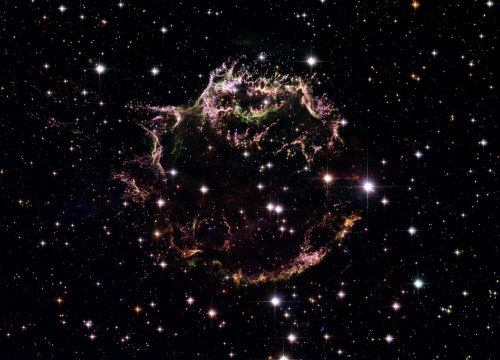
Remains of supernova explosion Cassiopeia A most recent supernova in Milky Way

Located about 27 million light years away lies Messier 63, better known as the Sunflower Galaxy due to its glowing yellow center. For galaxies like Messier 63 the winding arms shine bright because of the presence of recently formed, blue–white giant stars, readily seen in this Hubble image. (Credit: ESA/Hubble & NASA)

Close-up of M27, the Dumbbell Nebula
Credit: NASA/ESA, Hubble




Details of the Omega Nebula image credit: European Southern Observatory
-
 newwwwatcher liked this · 5 months ago
newwwwatcher liked this · 5 months ago -
 ariesoui reblogged this · 6 years ago
ariesoui reblogged this · 6 years ago -
 ceacide reblogged this · 6 years ago
ceacide reblogged this · 6 years ago -
 undinesea liked this · 6 years ago
undinesea liked this · 6 years ago -
 filmjunky-99 liked this · 6 years ago
filmjunky-99 liked this · 6 years ago -
 0rawan liked this · 6 years ago
0rawan liked this · 6 years ago -
 kinkinine reblogged this · 6 years ago
kinkinine reblogged this · 6 years ago -
 distraints reblogged this · 6 years ago
distraints reblogged this · 6 years ago -
 quasedunielle reblogged this · 6 years ago
quasedunielle reblogged this · 6 years ago -
 quasedunielle liked this · 6 years ago
quasedunielle liked this · 6 years ago -
 chatdog69-blog liked this · 6 years ago
chatdog69-blog liked this · 6 years ago -
 quinnkilo reblogged this · 6 years ago
quinnkilo reblogged this · 6 years ago -
 nofearofwaves reblogged this · 6 years ago
nofearofwaves reblogged this · 6 years ago -
 lskingmutt-blog liked this · 6 years ago
lskingmutt-blog liked this · 6 years ago -
 dunesihaya reblogged this · 6 years ago
dunesihaya reblogged this · 6 years ago -
 dunesihaya liked this · 6 years ago
dunesihaya liked this · 6 years ago -
 abstractandedgyname reblogged this · 6 years ago
abstractandedgyname reblogged this · 6 years ago -
 abstractandedgyname liked this · 6 years ago
abstractandedgyname liked this · 6 years ago -
 djleandromt liked this · 6 years ago
djleandromt liked this · 6 years ago -
 shivaraxer26 liked this · 6 years ago
shivaraxer26 liked this · 6 years ago -
 soiafe reblogged this · 6 years ago
soiafe reblogged this · 6 years ago -
 sinestre13 reblogged this · 6 years ago
sinestre13 reblogged this · 6 years ago -
 sinestre13 liked this · 6 years ago
sinestre13 liked this · 6 years ago -
 jojo5554 liked this · 6 years ago
jojo5554 liked this · 6 years ago -
 thelostruby reblogged this · 6 years ago
thelostruby reblogged this · 6 years ago -
 etcetc liked this · 6 years ago
etcetc liked this · 6 years ago -
 thelostruby liked this · 6 years ago
thelostruby liked this · 6 years ago -
 bahraini-aphrodite reblogged this · 6 years ago
bahraini-aphrodite reblogged this · 6 years ago -
 alternativasss reblogged this · 6 years ago
alternativasss reblogged this · 6 years ago -
 alternativasss liked this · 6 years ago
alternativasss liked this · 6 years ago -
 j41yn reblogged this · 6 years ago
j41yn reblogged this · 6 years ago -
 darkpd4 reblogged this · 6 years ago
darkpd4 reblogged this · 6 years ago -
 darkpd4 liked this · 6 years ago
darkpd4 liked this · 6 years ago -
 the-pretty-lies--the-uglytruth reblogged this · 6 years ago
the-pretty-lies--the-uglytruth reblogged this · 6 years ago -
 the-pretty-lies--the-uglytruth liked this · 6 years ago
the-pretty-lies--the-uglytruth liked this · 6 years ago -
 mossfix liked this · 6 years ago
mossfix liked this · 6 years ago -
 isolationes reblogged this · 6 years ago
isolationes reblogged this · 6 years ago -
 byojaku-moved reblogged this · 6 years ago
byojaku-moved reblogged this · 6 years ago
